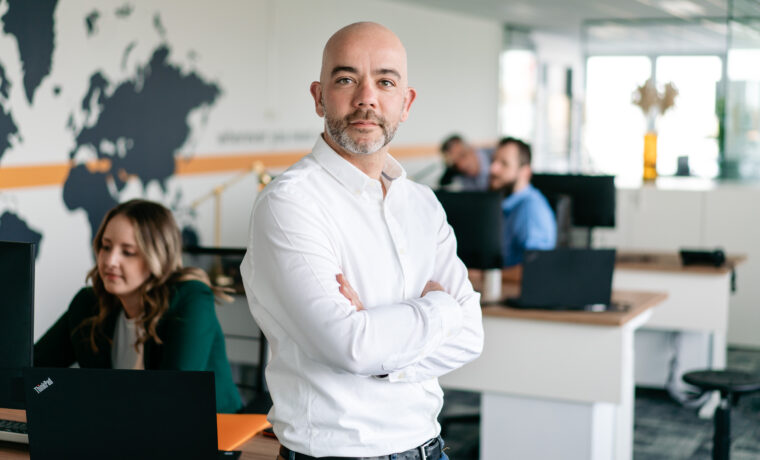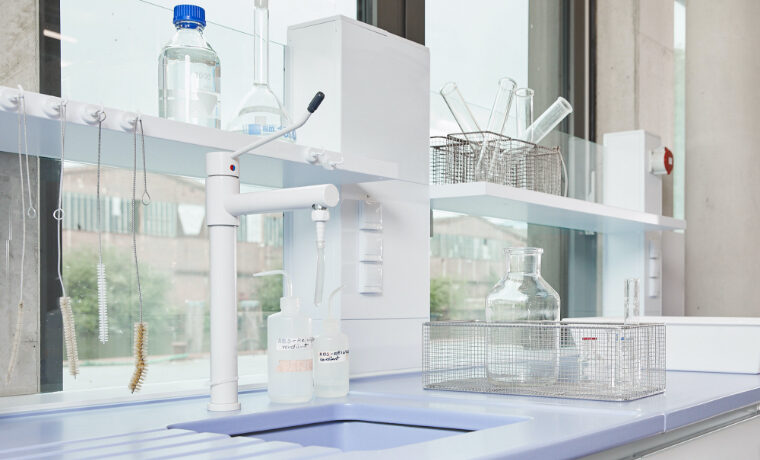As of 30 June 2025, the Köttermann Group will see a leadership change at its Dutch subsidiary, Köttermann B.V.
Planning and set up of laboratories
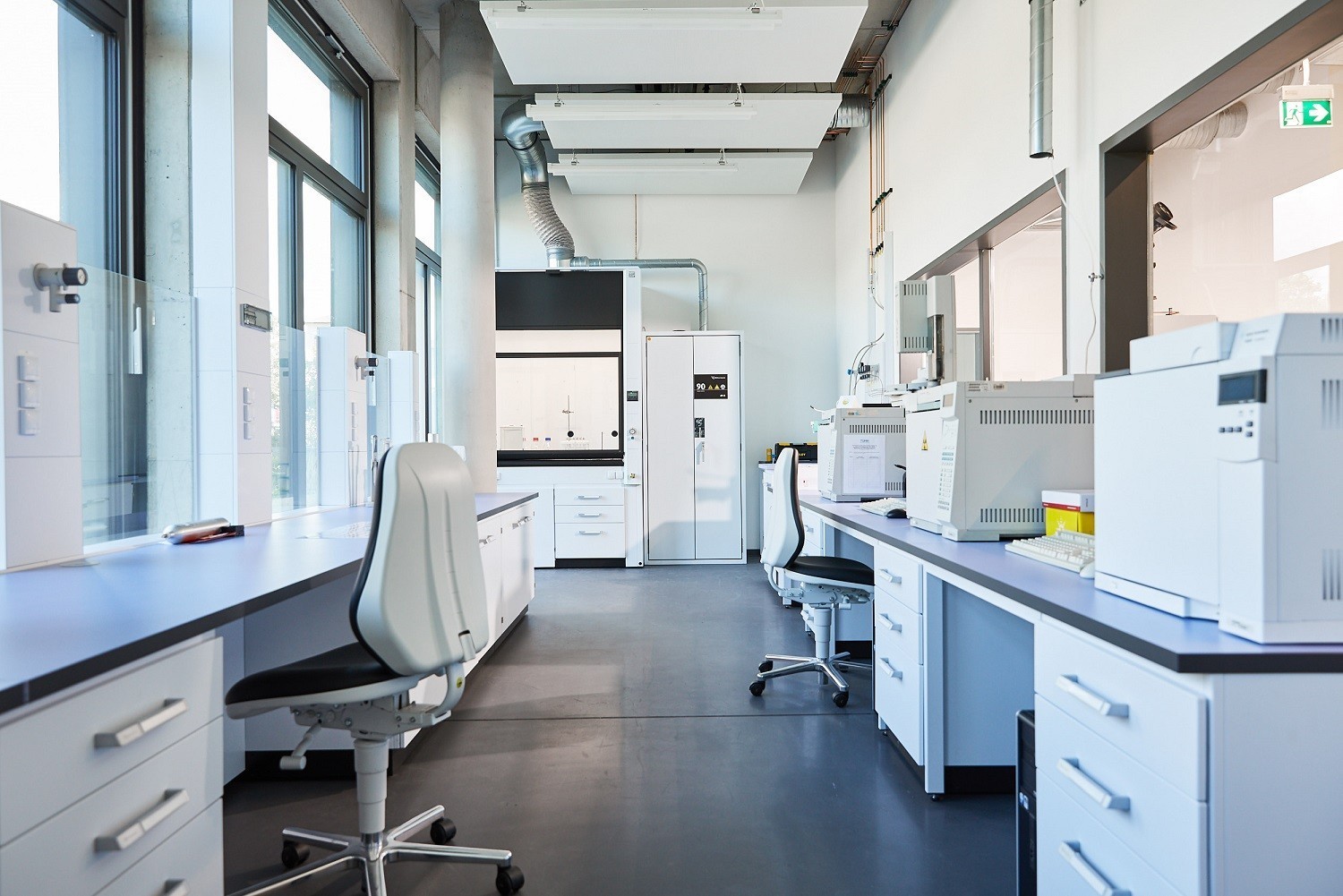
Combining functionality and safety
Laboratory equipment must adapt to both simple and complex conditions. When furnishing the premises, it is not only a question of selecting suitable furniture components, but also of creating a safe working atmosphere.
The demand for laboratory services has been growing steadily for years. On the one hand, technological progress is making new ways of working possible and expanding research technologies. On the other hand, the increasing quality of life in a society in which people are getting older and older is creating a greater need for quality laboratories and a great interest in medical laboratory services.
Four different laboratory areas dominate among the largest service providers: materials analysis, food and environmental analysis and medical laboratories. The first three belong to the broad market segment of the so-called TIC sector: Testing, Inspection and Certification [1]. Digitisation is making a massive contribution to growth here: Networked devices, such as highly developed sensors, allow remote evaluation and maintenance instead of costly on-site. Increasingly, testing laboratories and other providers are taking over these services. The demand for TIC premises is growing continuously. By 2019, this area will have grown by about eight percent each year [2].
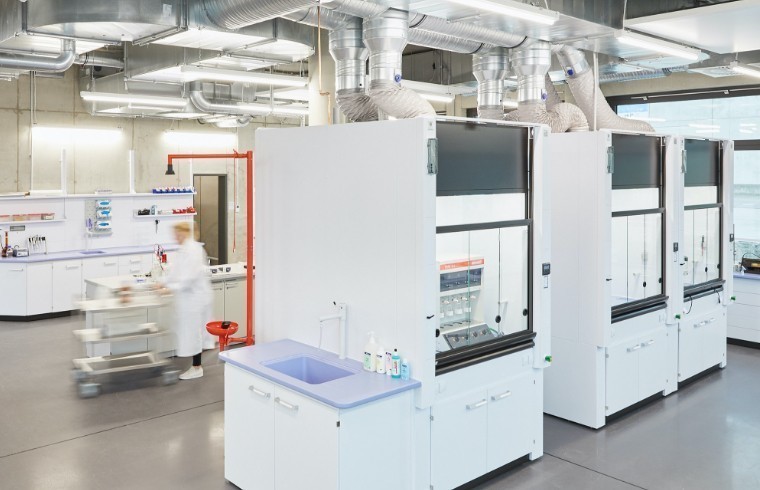
The safety of laboratory staff is an essential point in the development of laboratory equipment.
Laboratory equipment for a safe working environment
Laboratory equipment must not only be functional, but must also offer the highest level of safety. Laboratory staff need a working environment that supports them in their work and allows them to switch between different tasks with ease. In many laboratories, however, smooth work processes are difficult to achieve. Architects design buildings and detailed plans for the design of the premises are only drawn up once construction is complete or even after the building is complete. For optimum functionality of the laboratories, it would make sense to plan from the inside out. Depending on the area and field of activity, attention should be paid to where the rooms are located, how many there should be and how large they should be. For this reason, it is advisable to give priority to the laboratory planning phase for new laboratory buildings – and only then to complete the architecture of the building [3].
Involve employees at an early stage
For efficient laboratory planning, employees should be involved at an early stage in order to analyse the work processes. In this way, Köttermann’s contact with the customer is as intensive as possible, especially at the beginning of furnishing projects: the sales and planning departments take up the wishes, ensure the correct measurements are taken and take into account the areas of activity. Decades of experience with laboratory furniture in a wide range of industries is incorporated here. Depending on the field and focus of research, furnishing components can be arranged flexibly for short distances and smooth processes. Köttermann has been producing steel laboratory furniture solutions in Hänigsen near Hanover for more than 70 years. Köttermann’s employees have built up a long term relationship with its customers and have often been allowed to supplement their laboratory facilities. As the products are manufactured individually, new components fit in well.
Material steel in the laboratory
Laboratories are set up for long periods of time, so the quality of the products used plays a decisive role in the choice of furnishing solutions. Significant advantages speak for the use of steel laboratory furniture elements:
- Resistance: to temperature fluctuations, corrosion, humidity, water vapour, water and acids, such as food acids, organic and inorganic acids – in addition, in the following cases: steel is fire-resistant.
- Durability: Steel is almost indestructible. Steel laboratory equipment is produced for a long life.
- Hygiene: Steel laboratories are hygienic, easy to clean and decontaminable.
- Recycling: Steel is 100 percent recyclable. At every recycling stage, the material’s properties are retained while maintaining the same quality.
- Sustainability: due to multi-recyclability. Steel can be recycled over several life cycles, saving 50 percent of the original CO2 emissions.
Practical example: New laboratories for the Ludwig-Fresenius grammar school
The Ludwig-Fresenius grammar school in Dortmund have deliberately opted for steel laboratory equipment. Decisive factors for the choice were the durability of the material as well as the possibility to produce flexible special solutions. Overall, the task was to equip laboratories for two areas of the state-recognised vocational schools: A chemical laboratory and a laboratory for galenics – both with preparation rooms – were created for the trainees as pharmaceutical technical assistants. A chemistry laboratory was also provided for the trainees as biological-technical assistants. A further galenics laboratory will be implemented here this year. A total of around 1,000 square metres of laboratory space was equipped with furniture, media supply and fume cupboards.
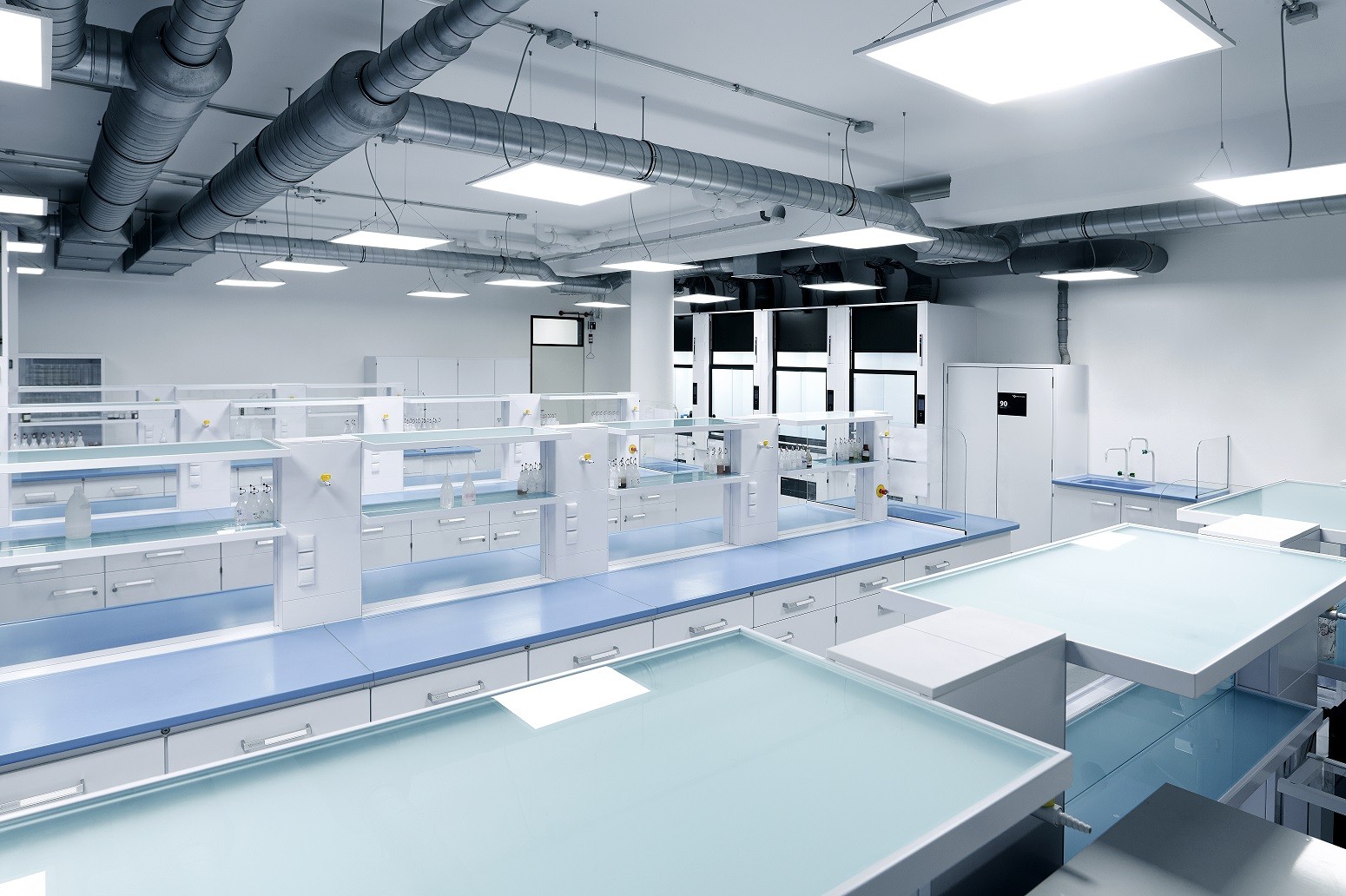
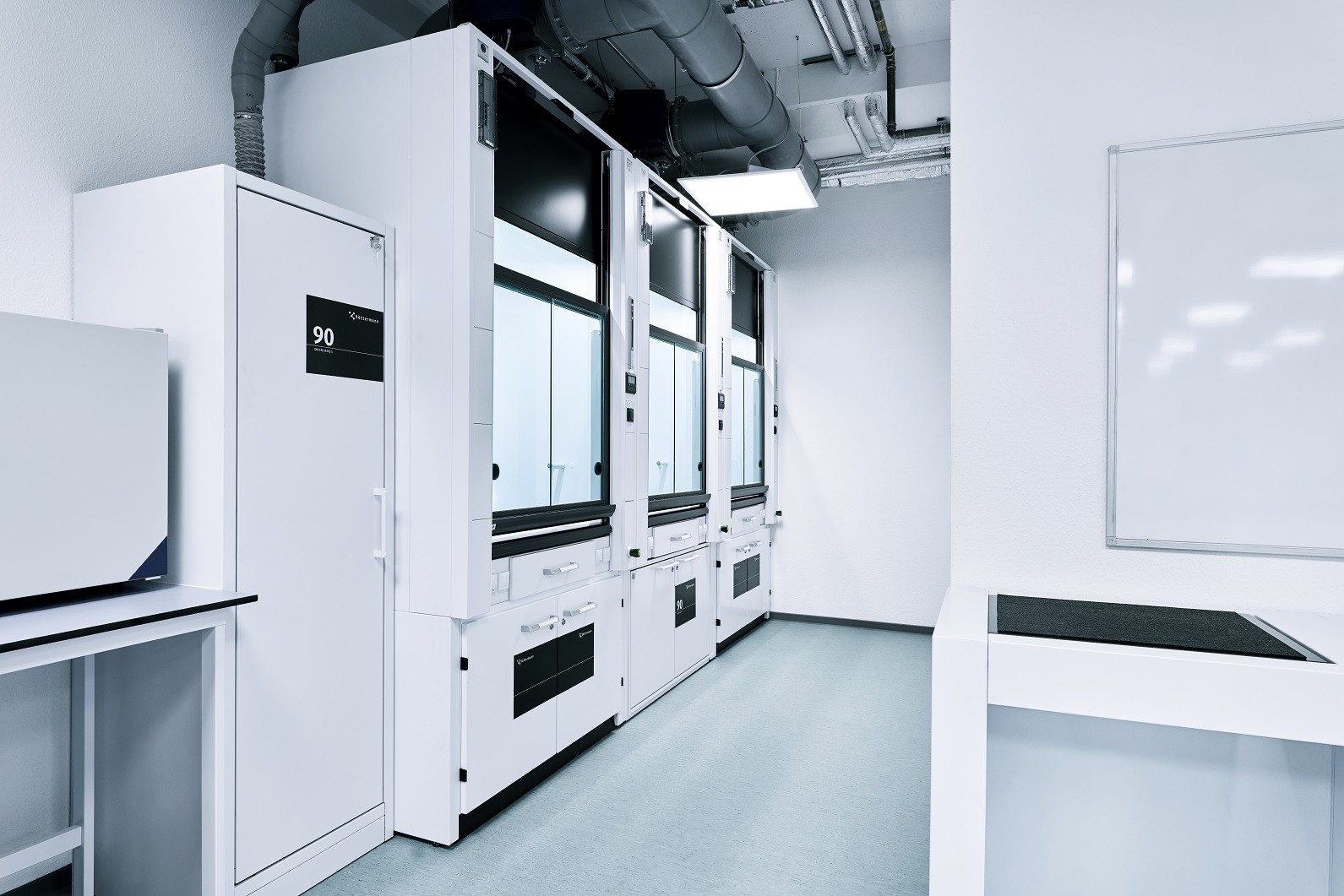
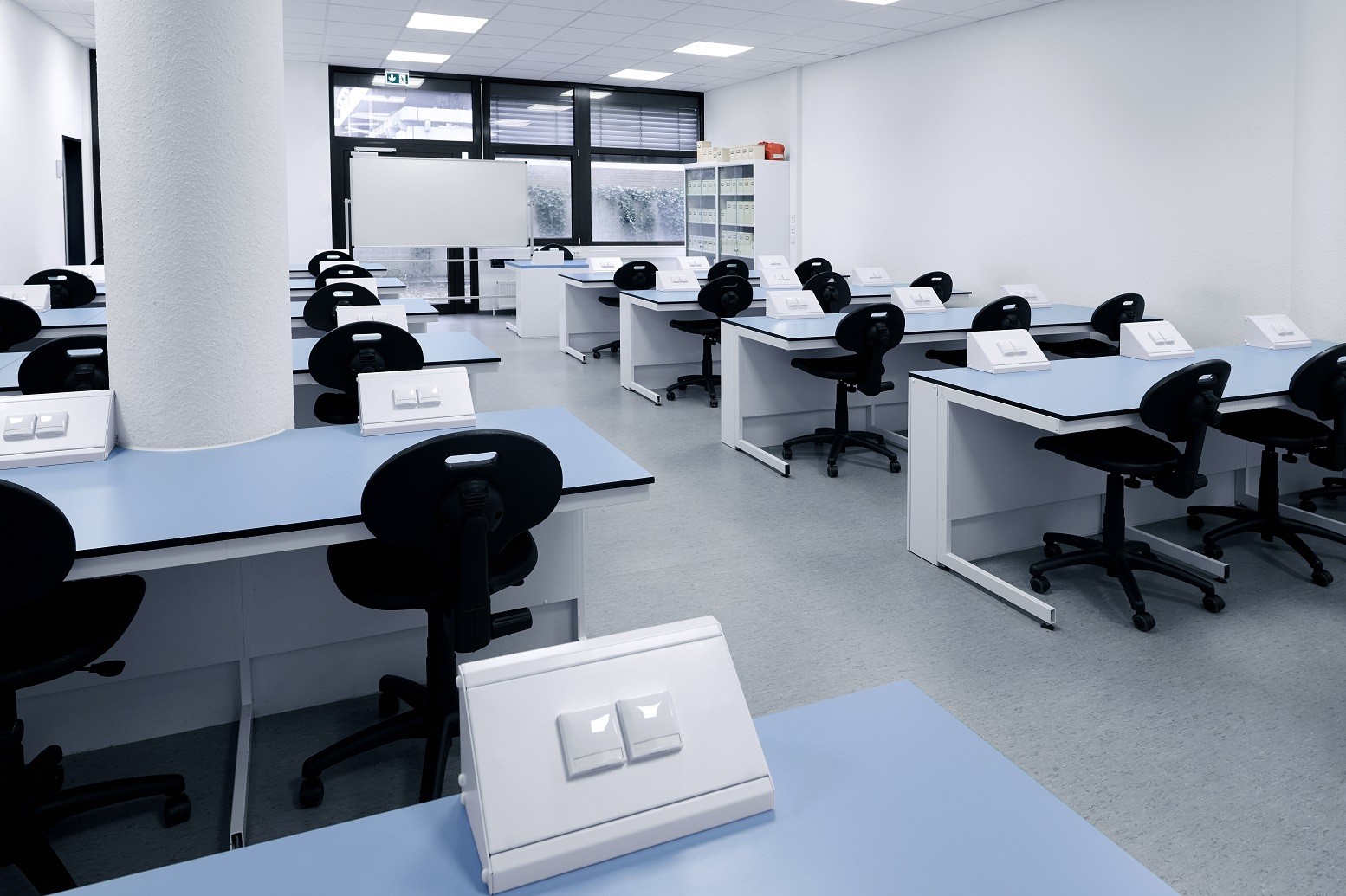
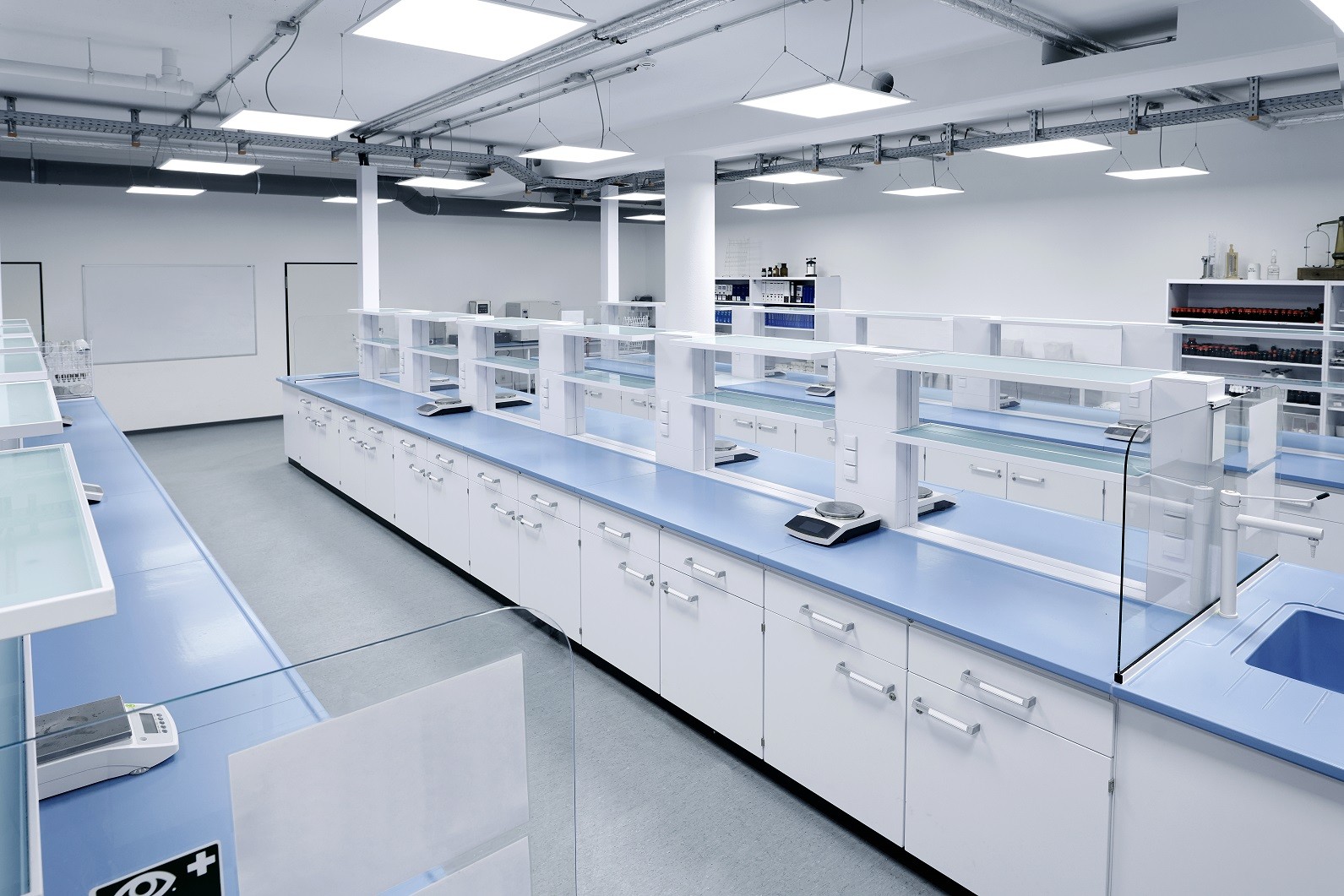
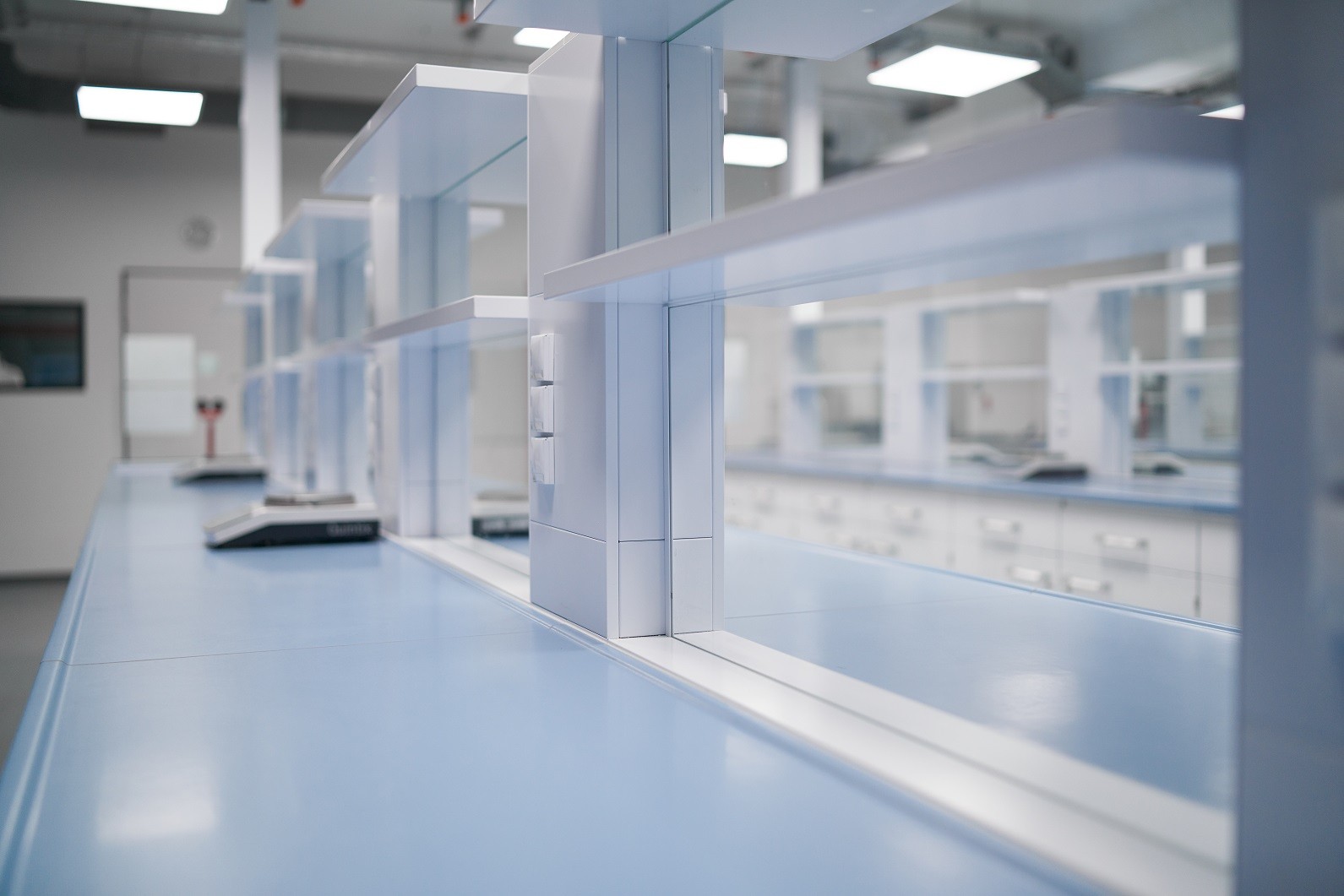





Köttermann’s media cells played an important role here. Their open construction allows safe working conditions and at the same time a good overview of the work tables (see picture 1). The vertical arrangement of the media additionally improves the work structure and organisation.
Combining safety and sustainability
The Ludwig-Fresenius grammar school in Dortmund have deliberately opted for steel laboratory equipment. Decisive factors for the choice were the durability of the material as well as the possibility to produce flexible special solutions. Overall, the task was to equip laboratories for two areas of the state-recognised vocational schools: A chemical laboratory and a laboratory for galenics – both with preparation rooms – were created for the trainees as pharmaceutical technical assistants. A chemistry laboratory was also provided for the trainees as biological-technical assistants. A further galenics laboratory will be implemented here this year. A total of around 1,000 square metres of laboratory space was equipped with furniture, media supply and fume cupboards.
In principle, the defined protection goals of the European fume cupboard standard DIN EN 14175 must be observed. Thus, a high retention capacity for pollutants is a prerequisite for development. However, this is associated with a correspondingly large exhaust air volume. Economic efficiency and safety are therefore inversely proportional to each other in this case: higher safety is achieved with higher operating costs. Special air handling technology helps here: A special air flow technology in the “EXPLORIS EcoPlus®” fume cupboard reduces the air volume flow rate while maintaining the same level of safety. The extract air volume is reduced by 30 percent, which can save up to 1,000 euros in operating costs per year.
Quellen/Literatur
[1] Katharina Schöneberg, Peter Wilke, Sebastian Klotz und Oliver Venzke: Branchenanalyse Laboranalytik. 2016
[2] https://de.testxchange.com/blog/smarte-sensoren-und-mehr-4-digitalisierungs-trends-der-tic-industrie/. 20.10.2020
[3] Klaus Söhngen: Planung und Anforderungen an Laborflächen. 2015
